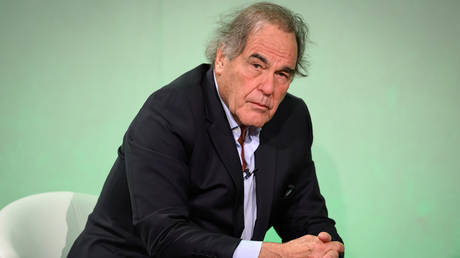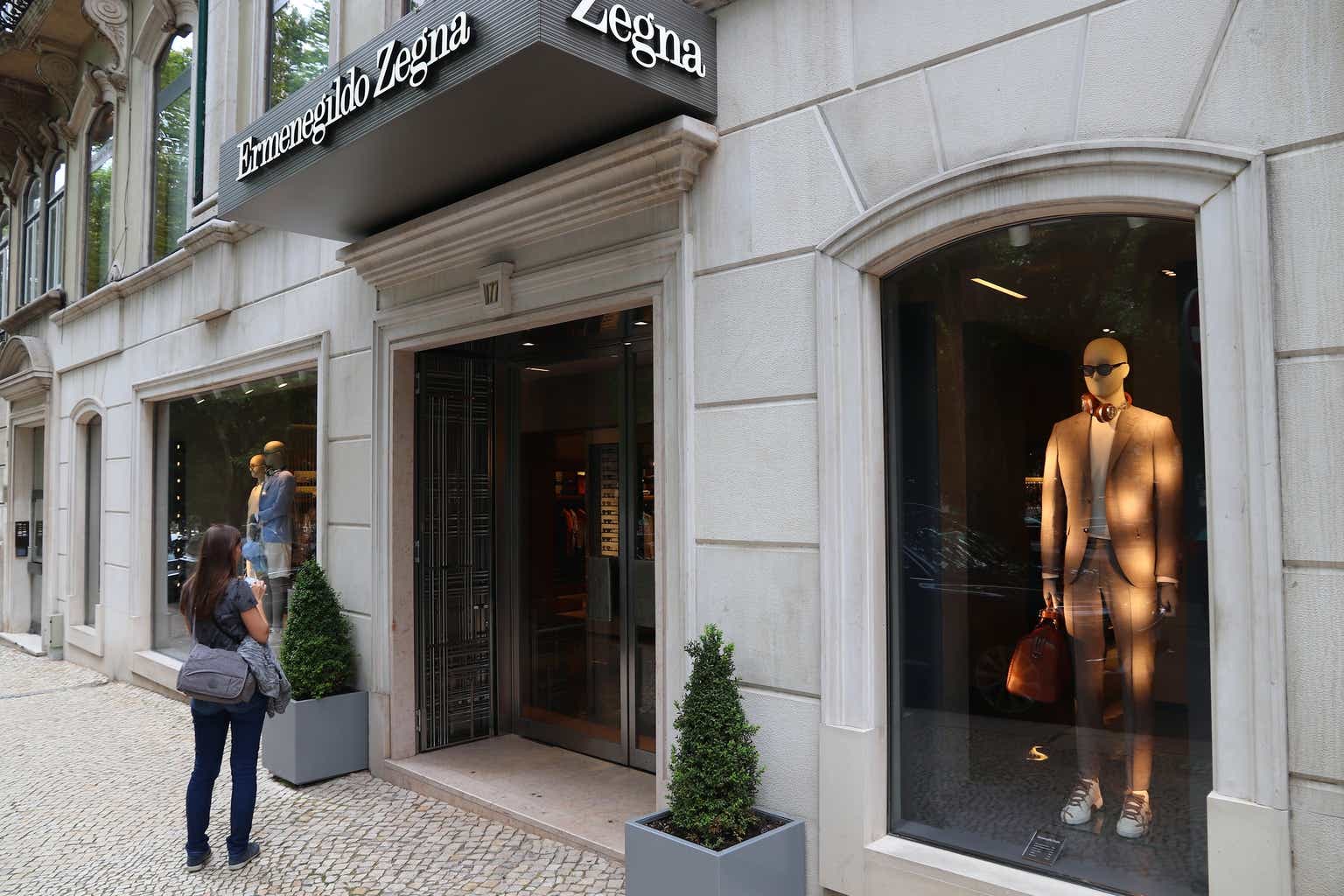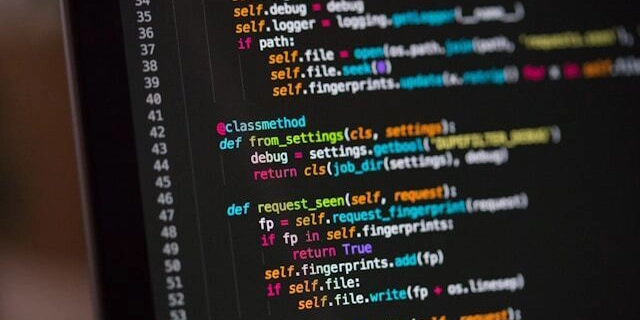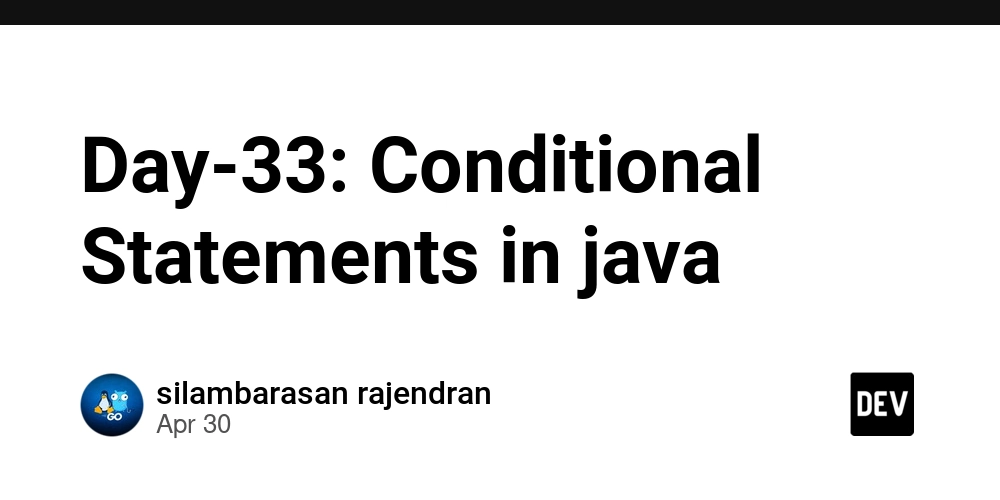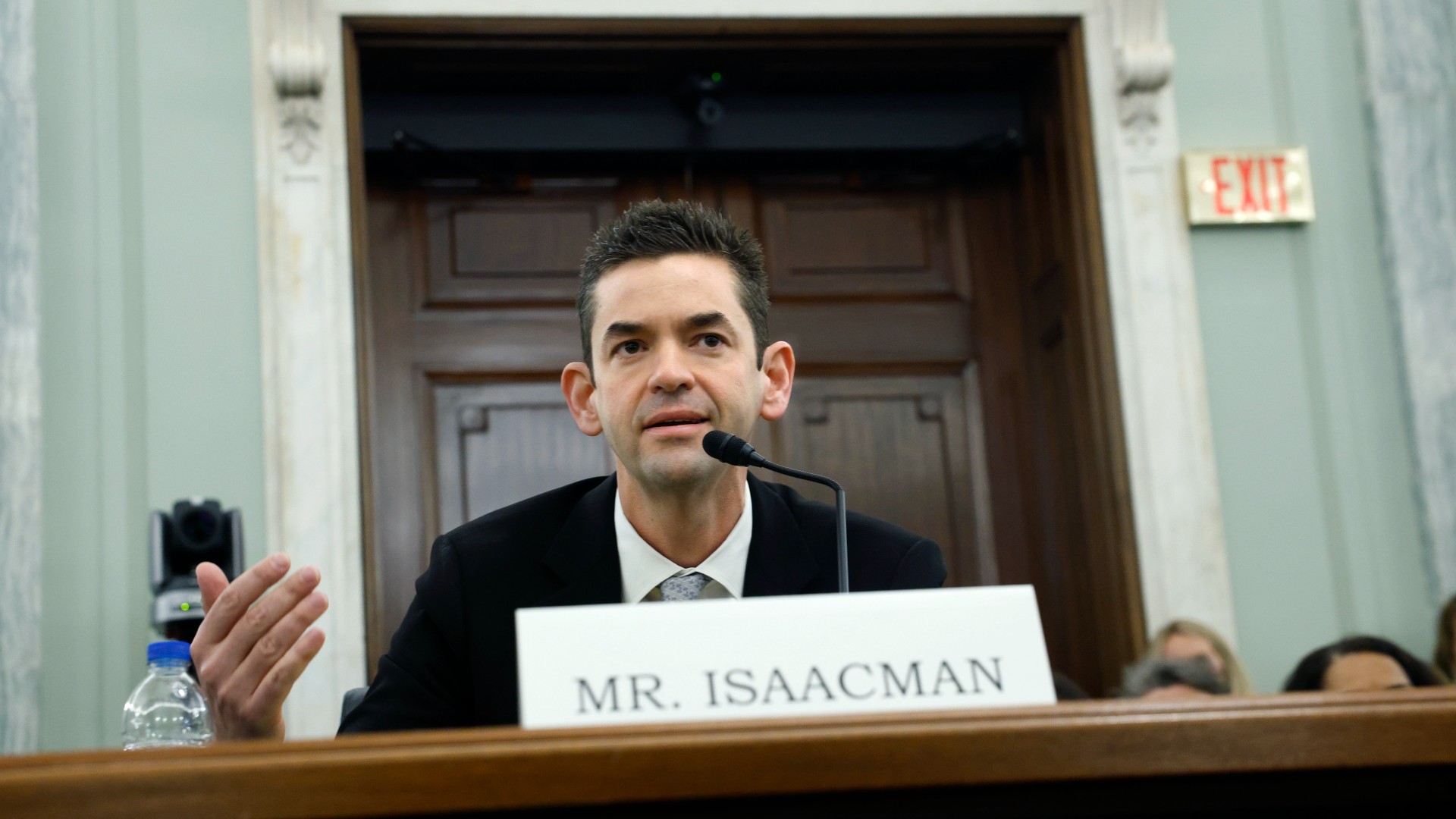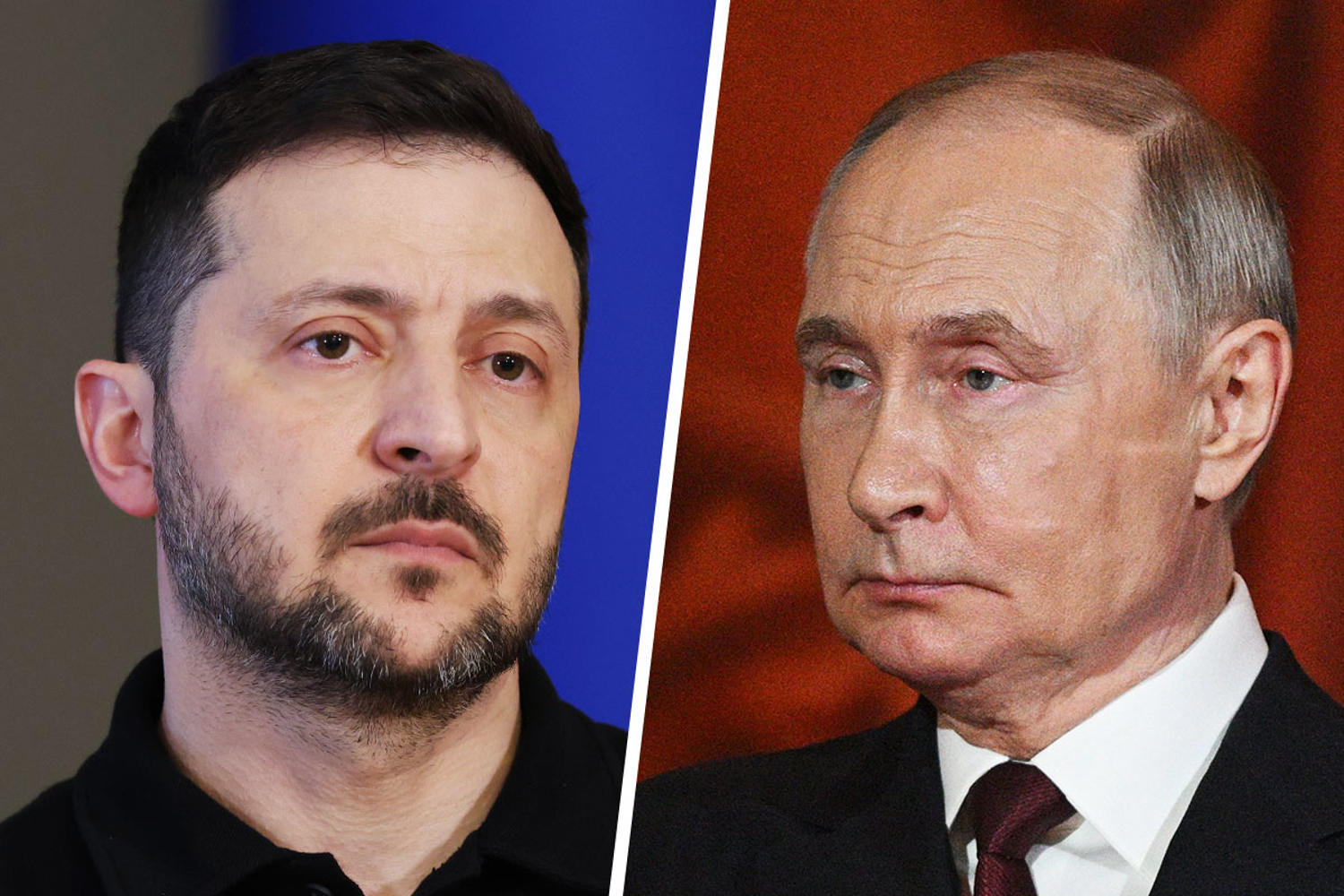Why the ‘normies’ can’t make politics normal
Who are the “normies” in American politics and why are they so bad at it? There is lots of evidence that there is at least a stout plurality in American politics that rejects the wild-eyed populism that has dominated the debates in both major political parties for the past decade. Maybe not ideological centrists, per...

Who are the “normies” in American politics and why are they so bad at it?
There is lots of evidence that there is at least a stout plurality in American politics that rejects the wild-eyed populism that has dominated the debates in both major political parties for the past decade. Maybe not ideological centrists, per se, but moderates in at least the sense that they place a high value on due process, cooperation wherever possible and express at least some confidence in civic institutions.
Many of them are true independents, but many more are at least marginally attached to one of the major parties. Those are the ones called RINOs (Republican in name only), DINOs (Democrat in name only), squishes and sellouts; they are often reviled by the parties they grudgingly call home, or at least typically support in general elections.
The obvious problem in bringing the power of the normies to bear is that these voters are stuck in parties they do not control. The coalition of the squishes can’t come together because they are voting in opposite party primaries — when they vote in primaries at all. Those primaries often produce general election candidates only one side of the normies could ever even imagine supporting. These are the folks who might sit out an election or cast a protest vote for a third-party or write-in candidate, but they also typically can’t bring themselves to vote for the ideologically opposite candidate.
This has been amply demonstrated by Democrats’ efforts to disqualify Donald Trump on a characterological basis. There are lots of Republican-leaning voters and right-of-center independents who have never voted for Trump, or perhaps only done so once, but couldn’t bring themselves to vote for a Democratic candidate.
Remember all those Nikki Haley voters who kept showing up to vote against Trump in the 2024 primaries? Many followed Haley in ultimately supporting Trump, a few probably made the switch, but the rest likely chose not to choose. The Liz Cheney effort to make the conservative case for supporting Kamala Harris was ultimately a flop. There were some voters who followed Cheney’s pattern and voted for Trump in 2020 and Harris in 2024, but not many.
Those conservatives who followed Haley’s path instead of Cheney’s now find themselves in a pickle. Trump’s overall job approval numbers have tanked for many reasons, but the simplest answer is that about a quarter of his less enthusiastic 2024 supporters now disapprove of the way he’s doing the job. They thought they were choosing the lesser of two evils and now don’t care for the results. Hardly a surprise.
The bitter fruit of America’s five-decade experiment with partisan primary elections is very nearly a sufficient explanation for why we have so many normal voters but such abnormal results. But not quite.
Those who have imagined a coalition of the normal have mostly looked to forge one among demographically similar voters. Whether it was the frustrated Democrats of the No Labels movement or the grossed-out Republicans who agreed with Cheney, the target has generally been the more affluent and educated; an imagined union of squishy suburbanites.
Let’s look, though, at probably the best metric for normie-ism: deference to the constitutional separation of powers and the authority of the courts. Since Teddy Roosevelt and Woodrow Wilson were trying to tear down court power more than a century ago, the populistic position has usually been that unelected judges have too much authority and that the court of public opinion should really be the highest in the land.
The relatively small number of Americans who want to see the Trump administration disregard Supreme Court rulings — just 9 percent in the latest Pew Research Center poll — are a continuation of an old strand of populist sentiment that sees the high court as an outdated institution that thwarts progress for the people.
No surprise that it is those affluent, educated Republicans who are the most supportive of the constitutional separation of powers. And for all the talk of the GOP becoming the party of the working class, that’s still a lot of Republicans. As my American Enterprise Institute colleague Nate Moore observed this week, a lot of the working class talk is just branding: Most college-educated Republicans describe themselves as “working class” as do 60 percent of the highest earners in the GOP. It’s a vibe, not a vital statistic.
These wealthier Republicans generally have a more favorable view of the Supreme Court. Last year, when the right was feeling much better about the Supremes, Pew found that the Republicans with the worst opinion of the high court were the actual working-class voters. Among Republicans with postgraduate degrees, 81 percent approved of the court. Among those with only a high school diploma or less, it was 69 percent.
If affluence and education produce more temperate Republicans, the same ought to be true for the blue team, right? In fact, it’s the opposite.
Here’s Pew from last year when Democratic desperation about the court was at a high point: “Democrats with lower levels of educational attainment view the Supreme Court more positively than those with higher levels of education. About a third of Democrats with some college or less education (29%) view the court favorably, compared with just 15% of Democrats with at least a bachelor’s degree.”
The reasons that No Labels never found traction and the Cheney gambit was a bust are many, most rooted in our preposterous primary election system and the brain-dead partisanship it helps reinforce. But it may also be that the normies of the right and the normies of the left are coming from very different places.
If it’s rich Republicans and genuinely working-class Democrats who are the most invested in preserving the American system, it's much more than just partisanship that divides them. It’s culture, too. Disparate radicalization — elites on the left and downscale voters on the right — means that it's even harder for the normies to sync up.



